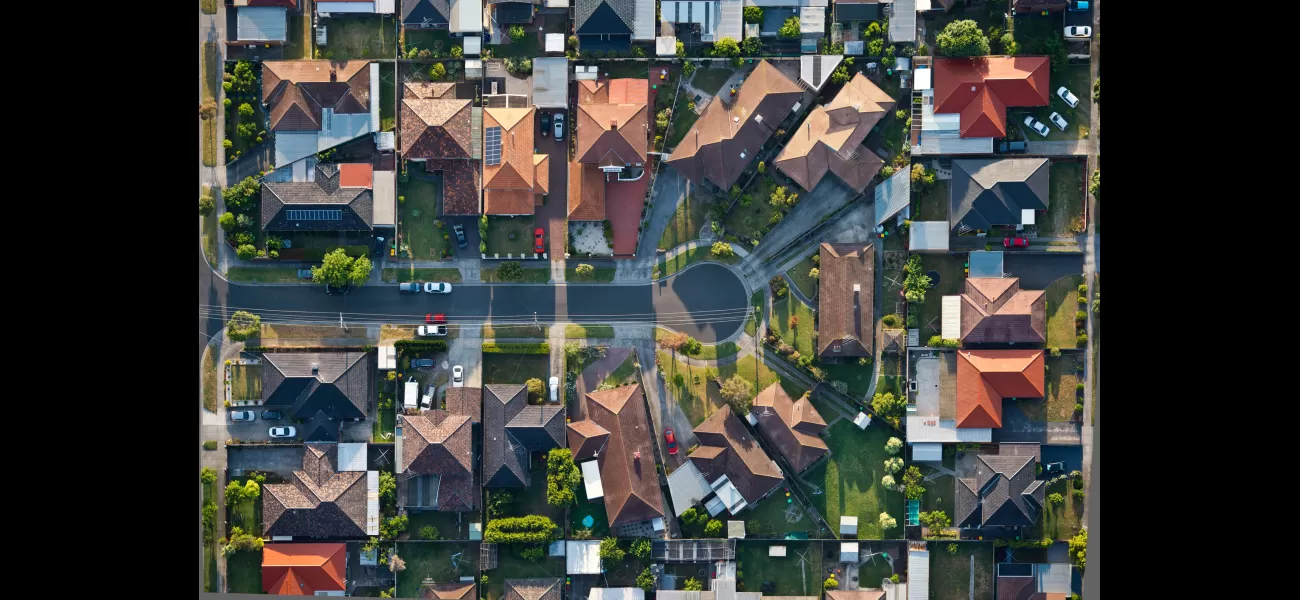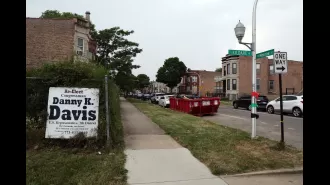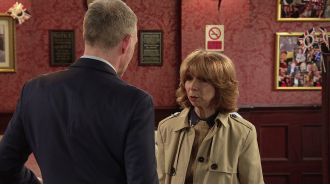A recent report discovered nearly 100,000 empty houses in Melbourne.
Over 27,000 vacant homes were completely empty and over 70,000 were barely used.
July 13th 2024.

A recent study has revealed some concerning statistics about the housing situation in Melbourne. It has been found that nearly 100,000 homes in the city are currently sitting empty, which is enough to potentially accommodate the homeless population and those on the social housing waitlist. Shockingly, this means that 1 out of every 20 homes in Melbourne was unoccupied last year. The study, conducted by independent think-tank Prosper Australia, used data from residential water usage in 200 different postcodes to come to this conclusion.
Out of the 97,681 vacant homes, about 27,408 were completely empty while the rest were only being minimally used. The largest increase in vacancy rates was observed in the City of Melbourne, where the number of empty homes nearly tripled to about 10,000. The suburbs with the highest vacancy rates were Burwood, Box Hill, Malvern, Hawthorn, and Glen Waverley. According to the report, all local government areas, except for Mornington Peninsula, saw a rise of at least 20% in their vacancy rates.
This significant increase in vacant homes is believed to be a result of the pandemic, which caused many foreign students and workers to leave the state and return to their home countries. Meanwhile, about 48,620 people remain on the social housing waitlist and 30,000 individuals in the state are without a home. The report suggests that if these empty homes were made available for rent, the rental stock in Melbourne would increase by almost 20%.
The reason behind the high number of vacant homes is still unclear and requires further research. However, the report has pointed to speculative incentives and a federal tax system that favors capital gains as potential contributors. It notes that many renters are unable to afford the convenience of an empty property, highlighting the deep inequality that exists in the housing market. The report also acknowledges that low interest rates and tax policies that prioritize capital gains over rental income may incentivize some homeowners to keep their properties empty instead of renting them out.
In conclusion, the current situation in Melbourne is concerning, with a large number of homes sitting empty while there are still many people in need of housing. More research is needed to fully understand the reasons behind this trend and to find solutions to address it. It is clear that there are underlying issues of inequality and policy factors at play, and it is important to address these in order to create a more equitable and affordable housing market for all.
Out of the 97,681 vacant homes, about 27,408 were completely empty while the rest were only being minimally used. The largest increase in vacancy rates was observed in the City of Melbourne, where the number of empty homes nearly tripled to about 10,000. The suburbs with the highest vacancy rates were Burwood, Box Hill, Malvern, Hawthorn, and Glen Waverley. According to the report, all local government areas, except for Mornington Peninsula, saw a rise of at least 20% in their vacancy rates.
This significant increase in vacant homes is believed to be a result of the pandemic, which caused many foreign students and workers to leave the state and return to their home countries. Meanwhile, about 48,620 people remain on the social housing waitlist and 30,000 individuals in the state are without a home. The report suggests that if these empty homes were made available for rent, the rental stock in Melbourne would increase by almost 20%.
The reason behind the high number of vacant homes is still unclear and requires further research. However, the report has pointed to speculative incentives and a federal tax system that favors capital gains as potential contributors. It notes that many renters are unable to afford the convenience of an empty property, highlighting the deep inequality that exists in the housing market. The report also acknowledges that low interest rates and tax policies that prioritize capital gains over rental income may incentivize some homeowners to keep their properties empty instead of renting them out.
In conclusion, the current situation in Melbourne is concerning, with a large number of homes sitting empty while there are still many people in need of housing. More research is needed to fully understand the reasons behind this trend and to find solutions to address it. It is clear that there are underlying issues of inequality and policy factors at play, and it is important to address these in order to create a more equitable and affordable housing market for all.
[This article has been trending online recently and has been generated with AI. Your feed is customized.]
[Generative AI is experimental.]
0
0
Submit Comment





